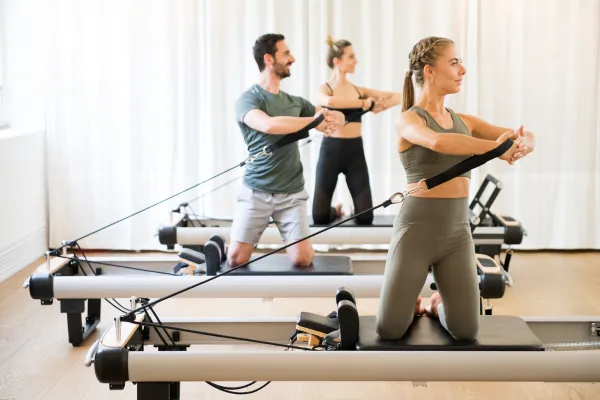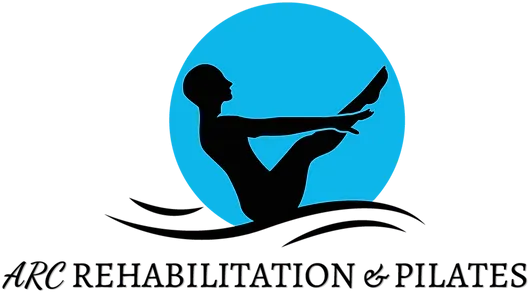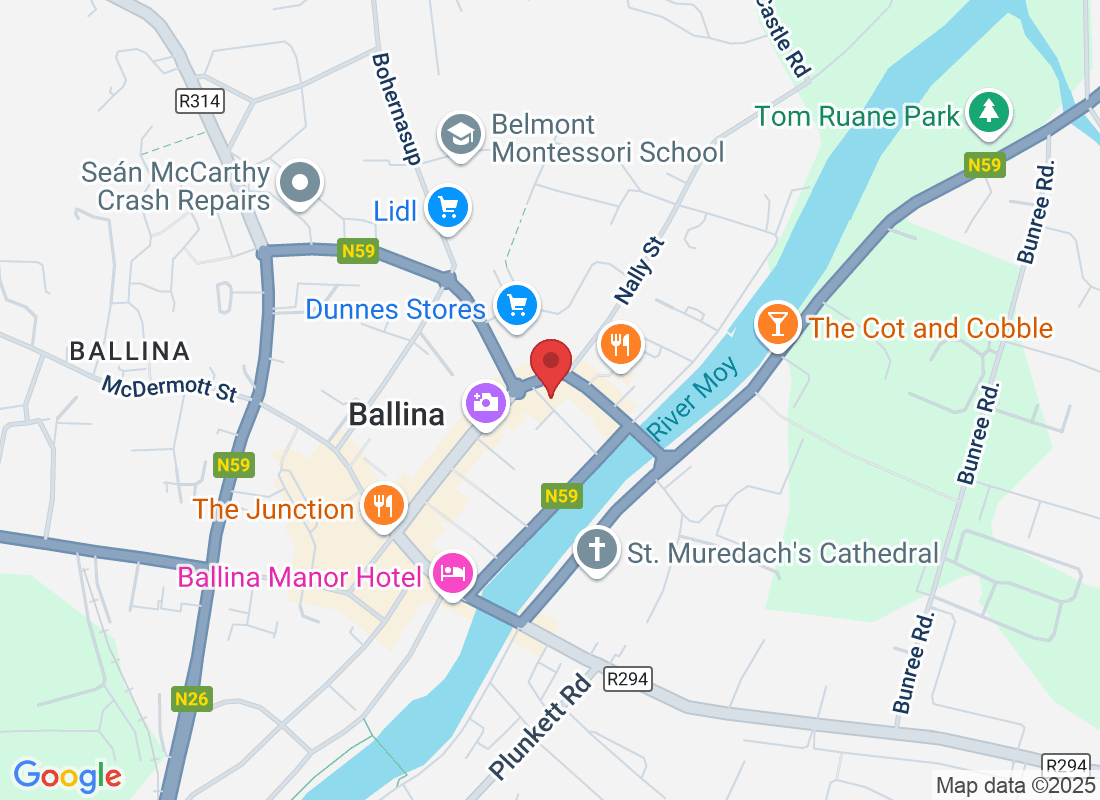Tips & Advice From ARC Rehabilitation & Pilates

The Role of the Reformer in Pilates-Based Rehabilitation Programs
In the realm of rehabilitation, where the journey towards recovery is often challenging and multifaceted, the integration of Pilates-based techniques has emerged as a powerful ally. Among the various tools within the Pilates repertoire, the Reformer stands out as a versatile and indispensable instrument in the pursuit of holistic healing. This article delves into the pivotal role played by the Reformer in Pilates-based rehabilitation programmes, exploring its unique attributes and the profound impact it has on enhancing physical function, promoting recovery, and restoring overall well-being.
Understanding the Reformer:
The Reformer, a quintessential piece of Pilates equipment, embodies the essence of versatility and innovation. Its design comprises a sliding carriage, springs of varying resistance, adjustable footbars, and straps, offering a dynamic platform for movement that can be tailored to meet the diverse needs of individuals undergoing rehabilitation. By leveraging the principles of resistance, control, and precision, the Reformer facilitates a comprehensive range of exercises that target specific muscle groups, promote joint stability, and improve flexibility—all essential components of the rehabilitation process.
Precision and Control:
Central to Pilates philosophy is the concept of precision and control, and the Reformer serves as a conduit for embodying these principles. Through controlled, deliberate movements performed on the Reformer, individuals are able to enhance proprioception, refine motor skills, and develop a heightened awareness of their body's biomechanics. This level of precision is particularly beneficial in rehabilitation settings, where movement patterns may need to be relearned or modified following injury or surgery. By honing in on alignment and technique, the Reformer empowers individuals to move with greater efficiency and grace, laying the foundation for long-term recovery and injury prevention.
Resistance Training:
The incorporation of resistance training is a cornerstone of Pilates-based rehabilitation, and the Reformer offers a sophisticated platform for delivering targeted resistance to the muscles throughout the body. By adjusting the tension of the springs, rehabilitation specialists can calibrate the level of resistance to match the individual's strength and capacity, facilitating progressive overload and adaptation over time. This approach not only promotes muscular strength and endurance but also enhances neuromuscular coordination, facilitating smoother, more coordinated movement patterns. From postural muscles to global muscle groups, the Reformer provides a comprehensive workout that addresses the functional needs of individuals undergoing rehabilitation.
Enhancing Stability and Balance:
For many individuals recovering from injury or surgery, regaining stability and balance is a critical aspect of the rehabilitation process. The Reformer offers a dynamic platform for challenging proprioception, balance, and core stability through a series of controlled movements performed in various planes of motion. By engaging the deep stabilising muscles of the core and integrating peripheral muscles into functional movement patterns, individuals can improve their balance, coordination, and proprioceptive awareness, ultimately enhancing their confidence and independence in daily activities.
Tailored Rehabilitation Programmes
One of the defining features of Pilates-based rehabilitation programmes is their adaptability and customizability to suit the unique needs and goals of each individual. The Reformer plays a central role in this regard, serving as a versatile tool that can be configured to accommodate varying levels of ability, range of motion, and functional capacity. Whether focusing on postural realignment, mobility restoration, or strength-building, rehabilitation specialists can design tailored programmes that harness the full potential of the Reformer to address the specific challenges and objectives of their clients.
Conclusion:
In the realm of Pilates-based rehabilitation, the Reformer emerges as a dynamic and indispensable asset, offering a unique blend of precision, resistance, stability, and versatility. From its ability to promote controlled, precise movements to its capacity for delivering targeted resistance and enhancing stability and balance, the Reformer embodies the core principles of Pilates philosophy while providing a platform for holistic healing and functional restoration. As rehabilitation specialists continue to explore innovative approaches to rehabilitation, the Reformer remains a steadfast companion, guiding individuals on their journey towards recovery, resilience, and renewed vitality.
Ask ARC Rehabilitation & Pilates And Their Team
Fill in the form to request a call from our team. One of our team members will call you for FREE and answer any questions or concerns you may have about your condition
Where To Find ARC Rehabilitation & Pilates

If you have any questions before scheduling an appointment or for general inquiries, please use the contact us button below. Our team will promptly reach out to assist you.
Opening Hours
Monday: 9:30am – 8:00pm
Tuesday: 9:30am – 8:00pm
Wednesday: 9:30am – 8:00pm
Thursday: 9:30am – 8:00pm
Friday: 9:30am – 1:00pm
Saturday: Closed
Sunday: Closed

